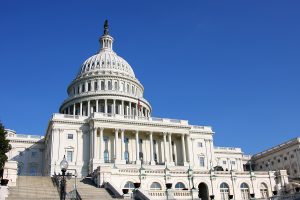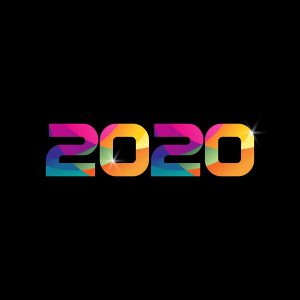
The U.S. Federal government is the single largest employer in the country (even just counting civilian employees, not military). With the size and scope of work involved in running our government programs, this community of over two million people is incredibly diverse, but there are some commonalities in terms of workforce challenges and concerns.
- Automation - There is a real fear as digital initiatives become routine and administrative tasks are automated, machines will take over the work of humans. However, workforce and technology leaders have said over and over this is simply not the reality. Yes, certain tasks that people used to do will be handled by machines, but that shift frees up those same people to do other, more valuable work. The government is committed to "reskilling" the workforce to be able to rise to these new, more innately human tasks and, in turn, expect to see increased job satisfaction as people move from rote, mundane tasks, to activity that has a closer connection to the mission of the organization they work for.
- Relocation - The military has grown accustomed to the BRAC process as bases are closed or their use changes to better support the realities of global defense. However, relocation is now a reality for the civilian workforce. With telework and remote workforces now better enabled, it is not as critical that all workers are located in Washington, DC. The government, including the Department of Agriculture and the Department of the Interior, has been looking for ways to consolidate operations in areas that are more central to the constituents they serve and are in areas of the country with lower real estate prices and cost of living.
- Stability - Once thought to be the most stable of jobs, recent spending impasses and resulting government shutdowns have left one in four government workers worried about the impact a shutdown would have on their life.


 With the government fiscal year starting in October, our Federal government gets a head start on their New Year's resolutions. As we launch into a new year--a new decade, even--we wanted to take a quick look at government technology priorities for 2020 and beyond.
With the government fiscal year starting in October, our Federal government gets a head start on their New Year's resolutions. As we launch into a new year--a new decade, even--we wanted to take a quick look at government technology priorities for 2020 and beyond. Implementations and pilots of blockchain
Implementations and pilots of blockchain  With the closing of the decade, we thought it would be interesting to look back at the top technology headlines of 2009 and compare them to where the market is today.
With the closing of the decade, we thought it would be interesting to look back at the top technology headlines of 2009 and compare them to where the market is today.
